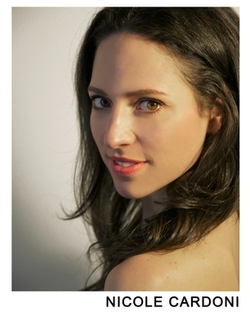 BB Ensemble Member Rachel Ritacco interviews Ensemble Member Nicole Cardoni about moving to NY, ensemble work, postcards, and snacks. --- Rachel: Recording… Nicole Cardoni! AKA, Niki. Niki: Mhmm. Single K. R: Single K. So, uh, tell us a little bit about yourself. N: Oh, gawd! R: Where are you from? N: I’m originally from Toronto, Ontario Canada. Otherwise known as America’s more beautiful cousin… Uhh, that’s all I’ve got for you. R: That’s totally cool. And where did you train in theatre prior to joining BrickaBrack? N: I’ve got this one! So, originally I was in Toronto and had no theatre training. I was doing some work there and felt like I was a non-legit actor, so I looked up online where Diane Keaton had trained, and it brought me to the Neighborhood Playhouse, School of Meisner, and then I submitted – it was very last minute, since school was starting in two and a half weeks. I gave them a call, I got accepted, and hopped on the Greyhound bus with two suitcases and move to New York Citaaayy. R: Woooahh! That’s crayzaaay. N: Yeah. R: I like that story, cool. And what were your first impressions of New York? N: Well, I had come and visited here, but it was always with girlfriends that really wanted to party, so I’m embarrassed to say that all I really knew was, like, the meatpacking district. (They both chuckle.) So yeah… Let’s edit that part out. R (and fellow Ensemble Member, DeLance, who is also sitting on the stoop outside the theatre with them): Heheh. N: So when I moved here, I stayed on a friend’s couch in Williamsburg for two weeks and then found another place in Williamsburg, and I’ve been a Brooklynite ever since. R (who is also a Brooklynite): Oh yeeeaahh. DeLance (who is also a Brooklynite): Yeah, Brooklyn! R: That’s right, we’ve got a Brooklyn crew right here! So, what first got you interested in working with BrickaBrack? N: I really liked how I had never been part of an ensemble company before. Quite honestly, in the audition, when GG had asked “What is your experience with a ensemble work?” I didn’t even know what that meant. So I kind of just assumed that it would be – actually, exactly what this is! A group of artists getting together on a weekly basis to exchange creative ideas and impulses, and see what happens, and what develops from there, and just a safe place to work out new pieces. And when that, in fact, was what BrickaBrack was about, and has been for the last year for me, I feel like I’ve found the right home. And here’s Amy, ladies and gentleman! R: Amy! Give it up, hey hey! She’s got nice pants. (There is a pause while they greet Amy, BB Associate AD.) R: Continuing on! What is the most memorable postcard you've ever sent to someone, or received? N: Hmm, I think my favorite postcard that I’ve ever sent was… I did a lot of traveling right after college – well, Canadians would call it University – so I sent a BUNCH of them. So, my brother always wanted to do this big backpacking trip, and he had kind of planted that seed in my head. And then he got busy with life, and wasn’t able to do his backpacking trip. R: Ah, LIFE. N: So I just made sure I sent him a postcard from each country that I went to. And he kept them all, and I think there were about fifteen postcards in total. But the one that I knew he would like the most – and I’m not a very good gift giver – but it was a postcard that had a piece of the Berlin Wall on it. Yeah, I think that one meant the most to him. Which then, in turn, meant the most to me. R: That’s really sweet. And if you could send a postcard to anyone right now, to whom would you send it? N: Hmm, that’s a good question. R: Thanks, I wrote it myself. N: Hahah, I don’t know! It’s so hard, because I want to send a postcard to somebody that I haven’t connected to in a long time, so that they would get it in the mail and be very surprised and excited to receive it. But I actually think, after doing this project (On the Flip Side), I want to start sending postcards on a regular basis to my grandparents. I just think people are excited when they get their mail – they get to see an image of something. And my grandparents get excited when I call them, so I wonder what they would feel if they were getting postcards on a regular basis. R: Yeah, that’s true. It really gives you a little boost in your day when you get something in the mail. Hmm, should I ask a silly question?
N: Go for it. R: Ok… Nicole Cardoni: what is your favorite snack… N: Oh, gawd! Ok, when I’m really sad, I will eat a Snickers. R: Ooh, mood snacks. N: Mhmm. And when I need something… So I’m thinking, like, snacks that I would just get waiting for the subway that’s not coming. I would get Lays Potato Chips, with a regular amount of salt. R: Ok. No ridges? N: No, no ridges. And then, I would get… pizza. Pizza’s always muh comfort food. R: Comfort snacks. Very well said. Very New York of you. N: Thanks. --- Come see Niki & Rachel in On the Flip Side at HERE, Sept 14-17!
1 Comment
Associate Artistic Director Amy Nielson interviews Artistic Director Gabriel Grilli about the origins of the company, ensemble work, and developing current project On the Flip Side. --- Amy: Ok, is this thing working? Here we go! Why did you start BrickaBrack? GG: I started the company because I wanted to create an ensemble that was making the sort of work that I wasn’t seeing being done. And now that the company is in New York, it’s becoming more of the kind of ensemble I wanted it to be all along, which is a group that works together every week, training, developing new ideas for theatre projects, and building a common vocabulary and methodology. Amy: Do you have a favorite piece in the BrickaBrack canon? GG: Mmmm… I don’t know if I have a favorite piece. This is actually… No one’s ever asked me this before, so it’s kind of funny to think about. Amy: Is it like asking a parent which child is their favorite? GG: Yeah, a little bit. I mean, definitely, Stalking Christopher Walken is close to my heart because it’s what launched the company, and it was a huge success. (A pause to fix the dictation program… The dictation program autocorrects something to “Beverly.” Amy names her computer Beverly.) Amy: New line, Beverly. GG: Beverly! Why won’t you listen to us, Beverly? 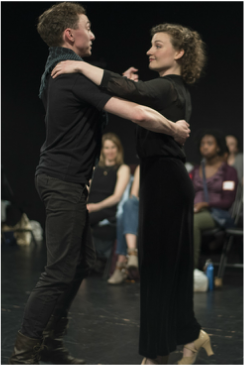 The Hope Frieze, 2016 Workshop The Hope Frieze, 2016 Workshop (There is a better internet connection in the kitchen.) GG: I'm excited about us continuing to develop The Hope Frieze, which we started earlier this year, because it's such a gigantic project… It's cool to see even one part of it come to fruition [it is conceived as a four-part work] after I have been kicking the idea around for 16, 17 years… I don’t know if it makes it my favorite, but it's something really unique and special. Amy: I’m also very excited about The Hope Frieze project because of the scope of it, and the perspective of it - seeing the changes that happen over the 20th century, and also seeing what hasn't changed even though we might feel like a lot has changed… How history repeats itself, I guess… So, speaking of history, tell us a little about your training and how it applies to BrickaBrack. GG: Yeah, so, when I first trained as an undergraduate, I was doing acting, and dance, and singing, and I was mainly doing traditional theater - although, the very first piece that I wrote was a project called The Invisible People that was a dance theatre adaptation of a John Boorman film from 1986 - so I clearly always had the idea in my brain that I was going to do something different. I don't know what the roots of it were, but my mom told me this story about how when I was 10, I held an Easter pageant in our neighbor's backyard - or, I guess it spanned a couple different yards… I went around to people's houses and... we took all the furniture outside and created a bunch of different environments. And there was a - I didn't even remember this, and I didn't believe that it happened - my mom showed me a program from it that I had made, which was crazy. And I had actually cast the whole neighborhood in different parts. GG (cont'd): So I guess, even early on, I was looking at the theatre as a means to bring communities together and to take place in unconventional structures and in unconventional ways. I have no idea where I got this idea when I was a kid. I don't know how interactive it was, but it was a play that was outside and that travelled from space to space... It's funny that I'm sort of doing the same thing that I was doing when I was 10 years old. But probably the biggest part of my education came in moving to New York and seeing theatre pieces here by artists like Robert LePage, who I very much emulate. And other artists; Julie Taymor, Robert Wilson, Anne Bogart, Steven Berkoff, Mary Zimmerman. These are all people that I was exposed to when I came here. And then dance artists like Pina Bausch, Susan Marshall, Big Dance Theatre, Netherlands Dance Theatre, DV8 - these are all companies that I started to see really blurring the lines between what was theater and what was dance. All of that contributed to the development of my aesthetic which was sort of happening many years before I started BrickaBrack. And here we are today... Amy: I’m personally very happy you moved the company to New York, because now I can join in the fun. (Laughs.) What do you enjoy most about working with the BrickaBrack Ensemble? GG: The thing that I enjoy most is watching an idea come from nowhere, then emerge and develop into something very different and unexpected than its initial proposal. So, for instance, I don't often remember who initiated certain ideas - Clinton [a BrickaBrack Ensemble member] was telling me that, during The Hope Frieze, he had been the one who proposed the whole thing take place at a meeting. Then that became a huge frame for the project. I hadn’t even realized he had made the proposal, so I love when the idea of ensemble actualizes in that specific and concrete way. I love when projects come together with different people's ideas, or different things that people are doing, and those things somehow blend to form something that's a greater creation than any one person could possibly come up with on their own. I think that's what I've always loved about theater and that's what I love most about working as an ensemble. Amy: I agree, group potential is very exciting. The final product is much more rich and complex than something created solo. We’ve definitely shared the creative journey with On the Flip Side. How would you describe this piece? GG: On the Flip Side is a project about “the postcard” - the postcard as a device to trigger memory, and also as a sort of poetic window into a place and time… If you think about postcards, fewer people are sending them, right? Because it used to be, if you went to another country, it was too expensive to call somebody while you were there. It was sort of a memento that I traveled internationally and I sent home a postcard to say, “Hey, I'm here, and I made it here, and we're having a great time…” And then the person at home got that postcard and was thinking of you, and maybe thinking, “It's so cool. I'm looking at this window into another place…” But postcards are also ubiquitous, in that they're not just about travel, they’re also about experiences. If you go to the museum, there are often postcard images that you can purchase, which are replications of pieces in the museum. Amy: Yeah, a huge part of my postcard collection is this- - from museums. They were not only memories of my visit, but memories of the work - usually pieces that really struck me. It was the only way I could keep it and remember it… GG: So, yeah, these mnemonic devices trigger your memory of the original experience. I'm interested in postcards in a few different ways. One is just the personal relationship that each postcard has to the receiver, which I think is very compelling, and probably most of us - well, we had a performer in the workshop who had never received a postcard before - but most of us have received postcards. Most of us have saved certain ones that have meant something to us, so we kept it. Maybe we pinned it up on our wall or put it up on our refrigerator. The images themselves are very powerful and very triggering. And then, the text on the other side, “on the flip side”, if you will, and its relationship to the image, is also really interesting in our culture. And it's something that's going away as fewer people send postcards. So I thought it would be interesting to examine and explore what could come out of looking at postcards, the relationship between the image and text, who was getting them, who was sending them, the places that they came from or went to, what the event of you receiving these cards triggered... and so, we have, as a company, looked at the cards that we have collected over the years. I have a giant collection that spans like - I don't know - over 25 years of collecting cards now. So that triggers a lot of really powerful memories, and I think there's a lot of theatrical value in looking at those moments. There are things that would have been lost if I hadn't held onto these postcards. I wouldn't remember certain moments in life because, you know, the ocean of memories… they would just get lost in... But then these postcards have the capacity to really trigger a really specific place and time, and take you back there. They're very concrete in a way that an email will never be. You know, there's something about holding that physical device, which captures and brings forward a memory, a moment, and that's very unique. It’s tactile in a way that all of our electronic communications can never be. Amy: Tell me about a memorable postcard you’ve received. GG: The postcard that springs to mind first is one that we actually ended up making a piece with, which was a card that I got not through the mail, but from a machine that had a human being inside - a postcard machine that this artist had made that was at the opening of an art hotel in San Francisco. It was shortly after I moved there, so looking at that card really takes me back to that moment in my life: I had just moved to San Francisco... I was really looking to connect with new people... I don't even know how I found out about this party... But I went to this party, and I got this postcard. And I've kept it to this day. It is a very unique card because it's a photograph that was hand-stitched onto a card that the artist made. It had information about her on the back. This was like, 8 years ago now, and no - it's longer, it's 9. I tried to hunt down the artist when we were making this piece, but her email no longer worked. So there's that, and then just going through my old postcards, a lot of them are for shows that I saw, or didn't make it to see, or they’re some of the first shows that we've done as BrickaBrack. Some of the older things are things that my first girlfriend sent me, which are very very powerful mnemonic triggers. And they would take me back to where we were... different phases of our relationship... so that's a very powerful thing as well. Amy: So much power… Something that postcards do is connect people, right? From long distances. I think as performers and theatre-makers, we’re always looking for points of connection, or ways to communicate and connect. How do you see BrickaBrack doing that? GG: In some way, I ask myself this question all the time - because I ask myself why I'm making theater as opposed to any other art form. With On the Flip Side, if we have a great run, 200 people will see the show, you know. [Come see the show!] But, of course, 200 people can see something you put online, if it catches fire, in ten seconds - or less. It's easy to get 200 views on something in another format, so I do think there's something about theater in particular. I recently read, in a Lincoln Center magazine, an article discussing theatre in terms of its scale, which is something I had thought about, of course, but I hadn't really thought about it this exact way. It was, I'm a human being and I'm in a room with other human beings and they're at the same scale as me. I mean, even if you're at the Met [opera house], in this giant space, you know, the people are people... There is something about being in the same room with other human beings, telling stories, that goes back to the roots of storytelling and the roots of theater - as people gathered around a fireplace at night telling stories. But I think it touches something really vital, and necessary, in all of us. And some of us are, I think, desensitized to that, because we experience so much media through virtual channels, through television screens, on phones, that in our world it’s increasingly becoming less and less common for you to actually be face-to-face with someone, and have a conversation, and be in the same space with them… But theatre is like an antidote, to me, for the increasing disconnect that we experience through a lot of other mediums in our society. So, in terms of building community, certainly, we’re trying to do that by structuring the Ensemble as an ensemble, rather than the way that most conventional theatre works, where there may be artists that you work with over time, on a project-by-project basis. But with ensemble, the idea is that we’re working together all the time, we're training together and developing a vocabulary, a shorthand, and a level of trust and communication that you can't get when you're just working in conventional projects. A lot of the time, when you start a company, the first people that populate it, of course, are artists and their immediate contacts, and I would hope that as we expand, we are drawing more audience from the general population, people who are not theatre artists - that we develop a following of people who are hungry for the work that we do, and the way that it is interactive, and the way that, you know, the audience is involved in the work in a different way than it is in conventional theater. So that’s a very rambling answer to the question, but basically, we build these little circles, like Venn diagrams, and as the company progresses, we hope that those circles overlap more and more. So there are all these potential circles to add to that community. What’s cool is the world and the interwebs now gives us the opportunity to reach people in far places and to have them be a part of our community - but there's no replacement for actually being in the room when the theater event is happening. The ephemeral nature of that is sort of irreplaceable. Amy: We do ask more of our audience than the usual theatrical performance, challenging the traditional dynamic for more of a dialogue. Can you talk a little about why it is such a cornerstone of our work?
GG: We're always looking for ways that we can include the audience in the event, and make the theater piece a little bit more of a back-and-forth than a one-way conversation. What’s cool about On the Flip Side, is each of the short pieces allows for a totally different actor/audience relationship, and it gives us a sort of maximum capacity to really play with that. Even when we make a more conventional piece of theatre, like The Hope Frieze, which is a story told in a specific time and place, we were still looking for ways to make that experience interactive, and to involve the audience in ways that maybe challenge their comfort level at times. But then, I think that makes the event much more fun and engaging as a whole. We want to make theater that can only be experienced live! Amy: If you could send a postcard to anyone, who would it be? GG: I guess, I don't know... When I hear that question, it makes me think, “Who would most be delighted receiving a postcard specifically from me?” So I don't know... As I mentioned, one of our workshop performers, Garrett, had never received a postcard before, which was shocking to me. That made such an impression on me. He was going out of town shortly after we did the workshop of On the Flip Side, so I sent a postcard to where he was going, so that he would receive it when he arrived at the theater in Atlanta. And that was really cool - just the idea of knowing that this is the first postcard that this person ever received in their life. That was super cool… It felt like a unique opportunity… If I think about who would most like to receive a postcard from me, I don't know, my brother, maybe? My parents, who just moved across the country to California? I don't know. But I think it would be better if I could send it to somebody who really wasn't expecting it, who I have never sent a postcard to before. But then, how would I have that person's address? A lot of people, we don't even know their physical addresses anymore… Amy: We don’t even know their phone numbers. GG: Right, yeah, right. We definitely don't know a lot of people's phone numbers. So, yeah, that is actually a much harder question that it seems to be. I'll just leave it at that. --- On the Flip Side runs September 14 - 17 at HERE. Purchase Tickets |
BB BlogMusings by the BrickaBrack Ensemble Archives
June 2020
Categories |

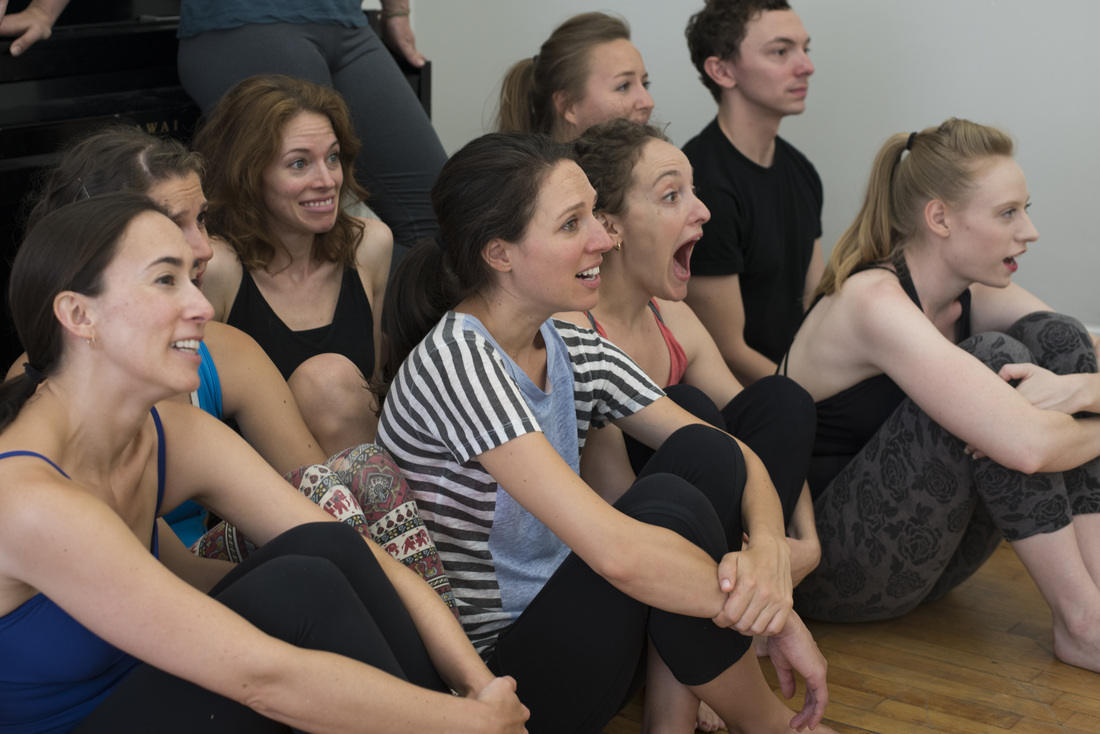
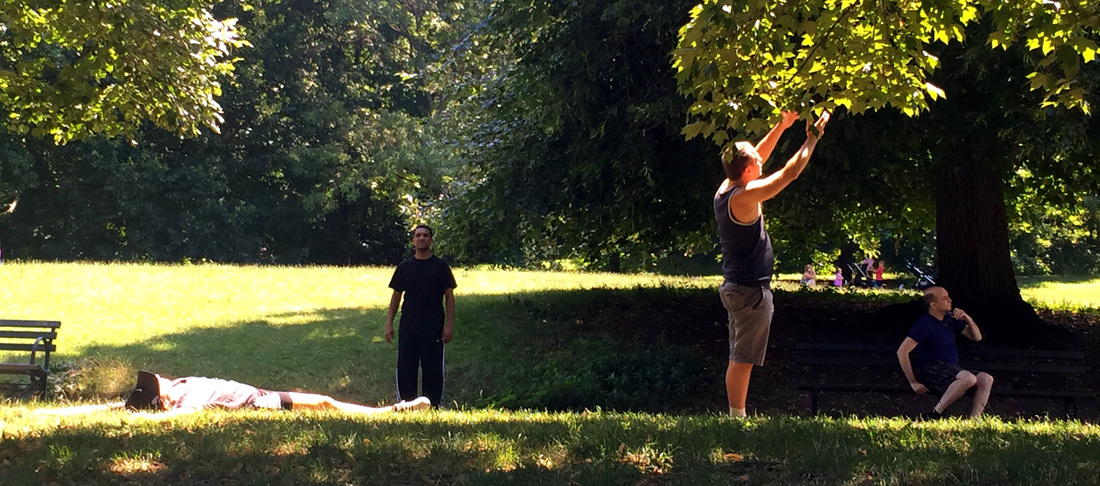
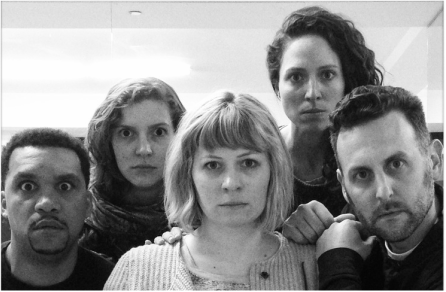
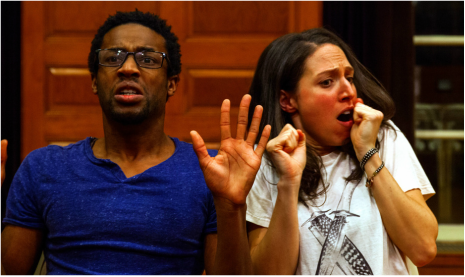
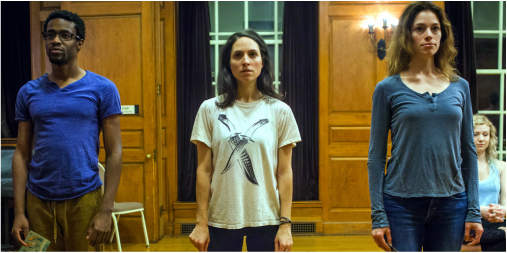
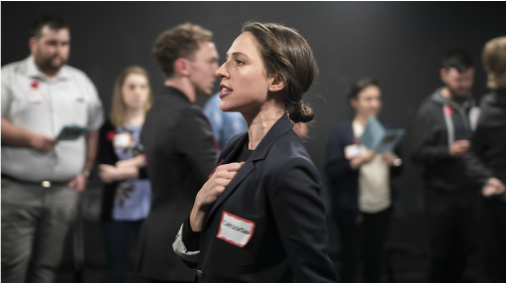
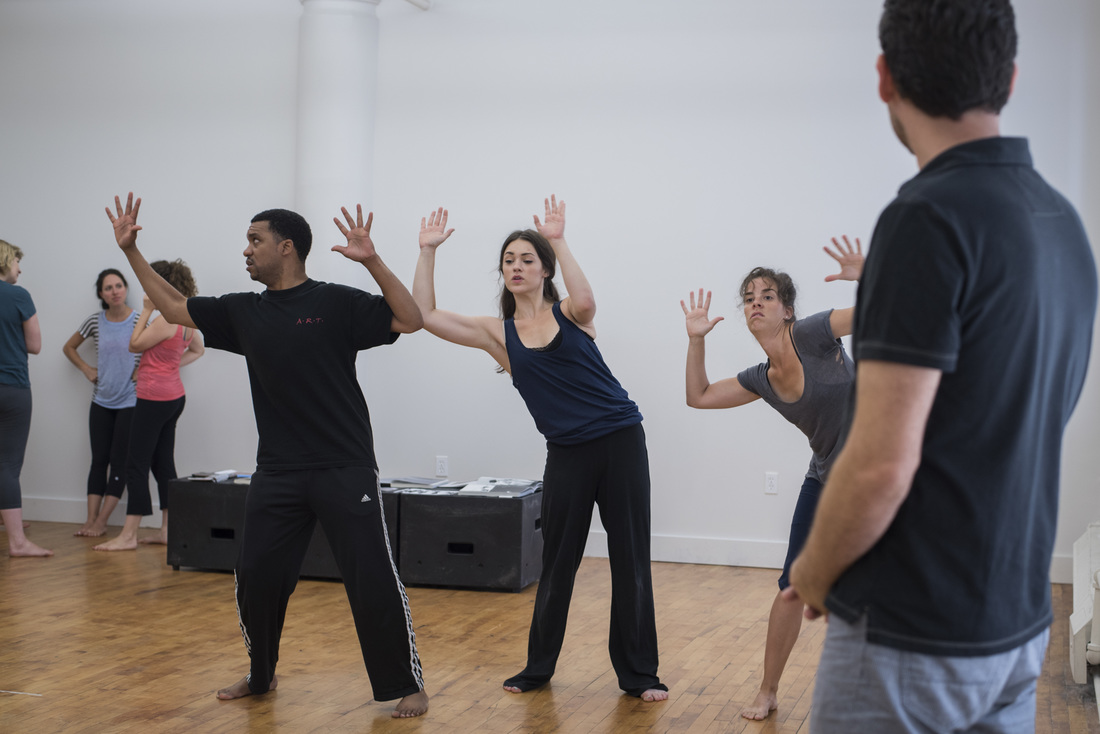
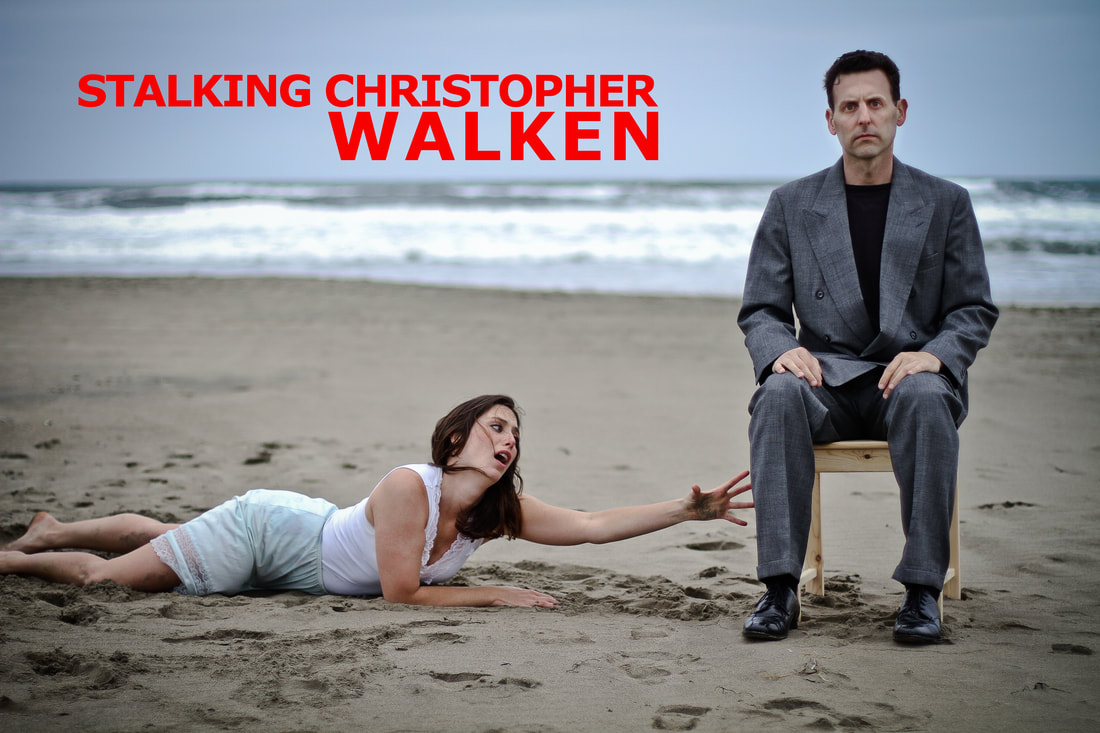
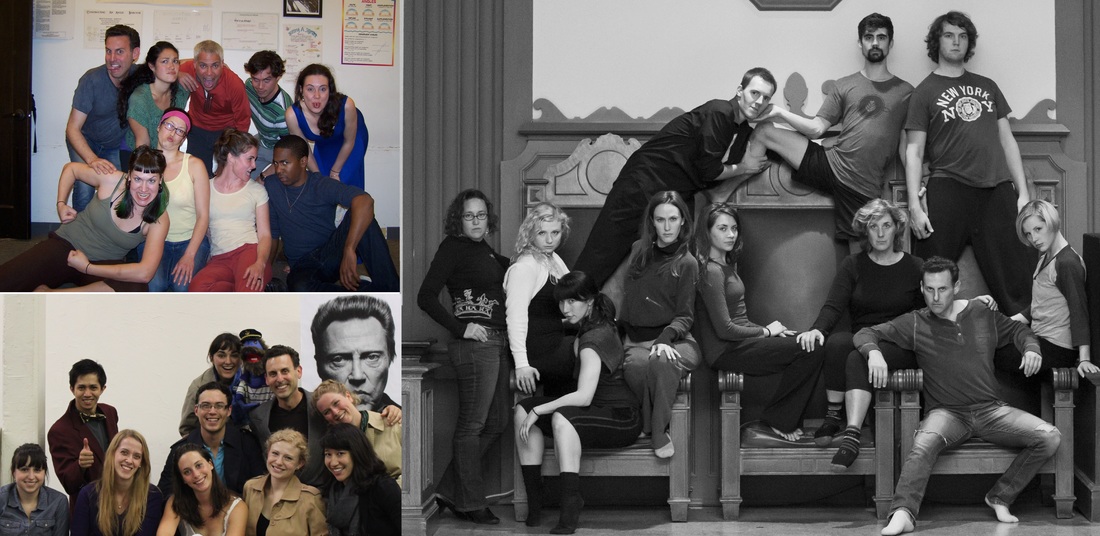
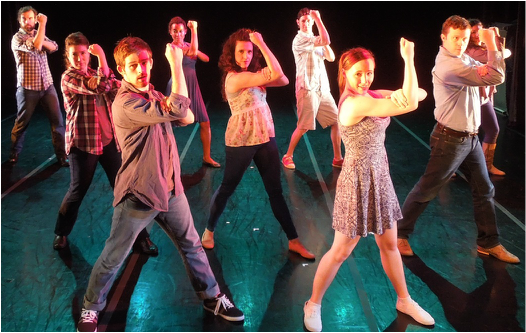
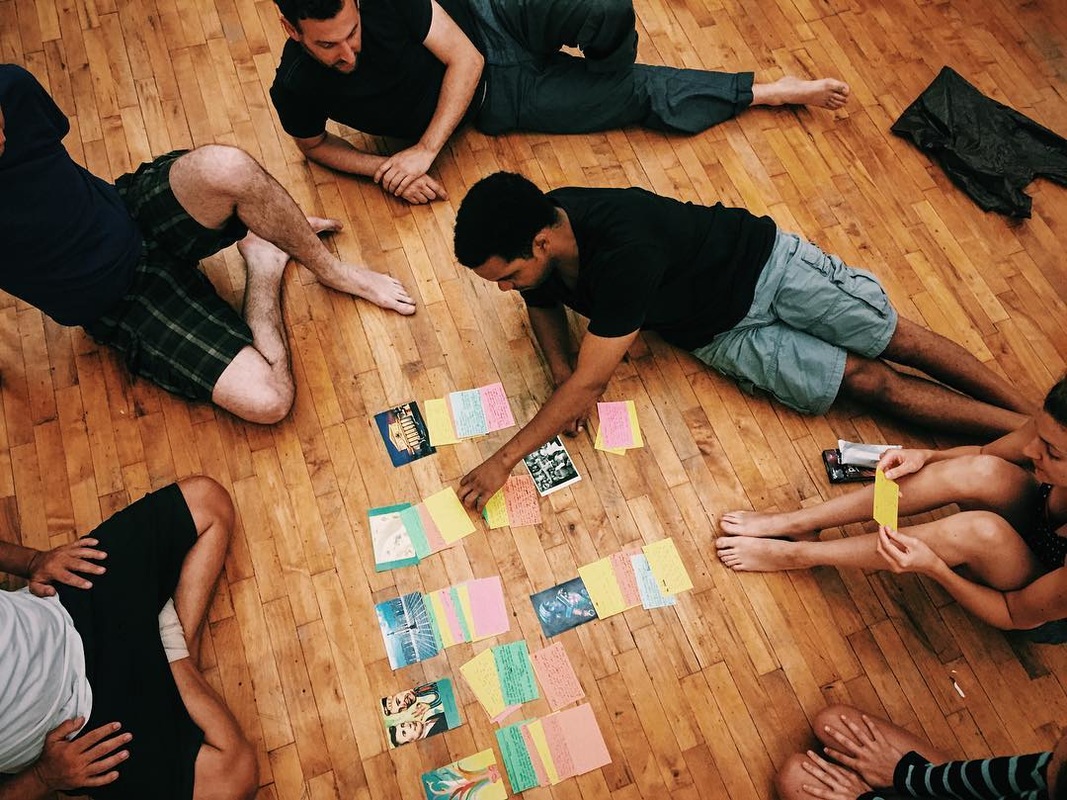
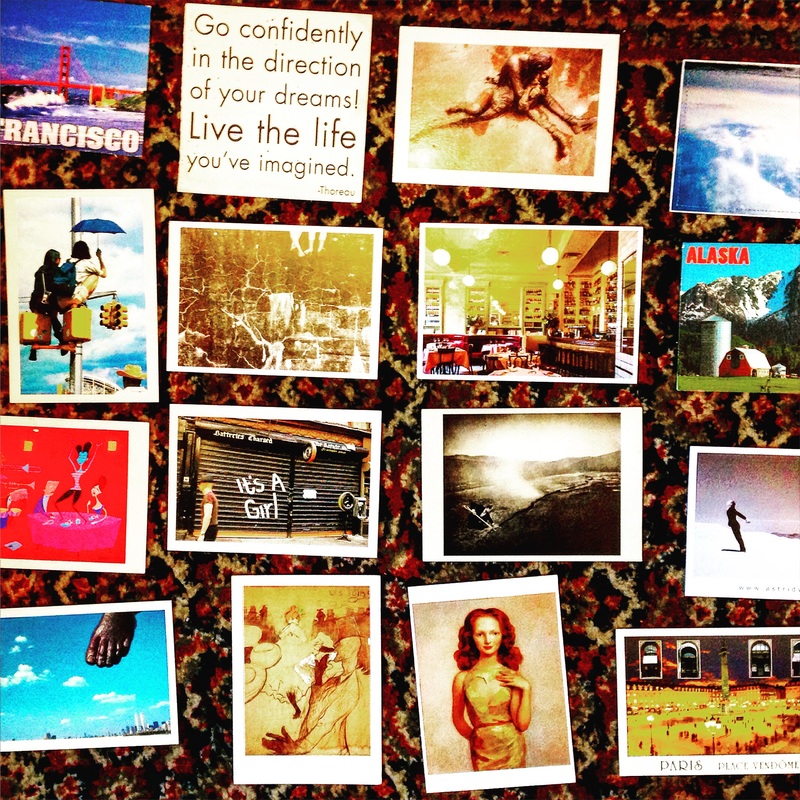
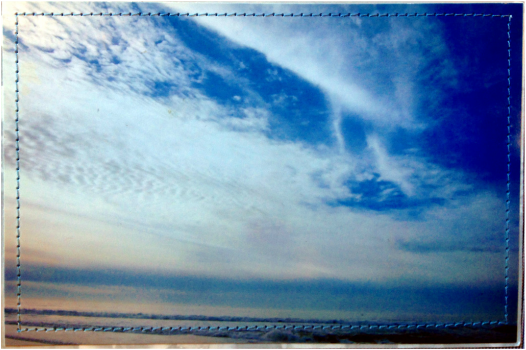
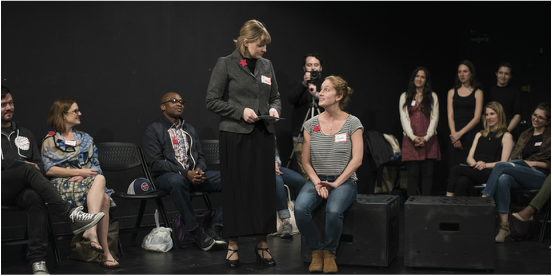
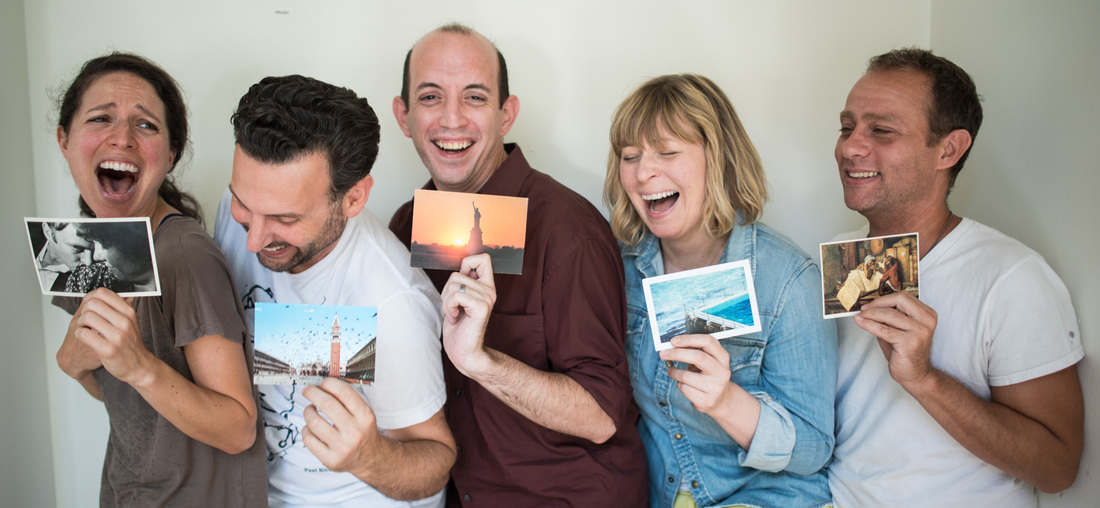
 RSS Feed
RSS Feed
